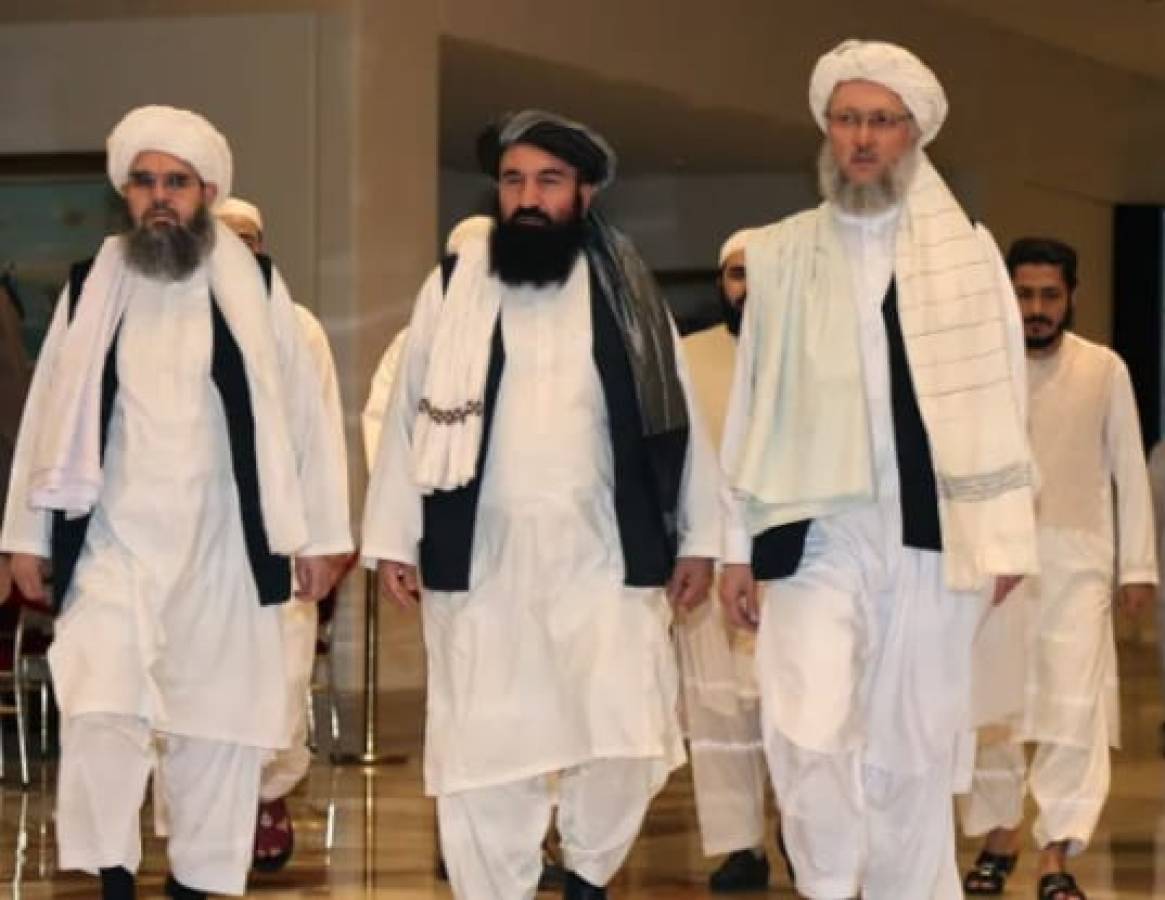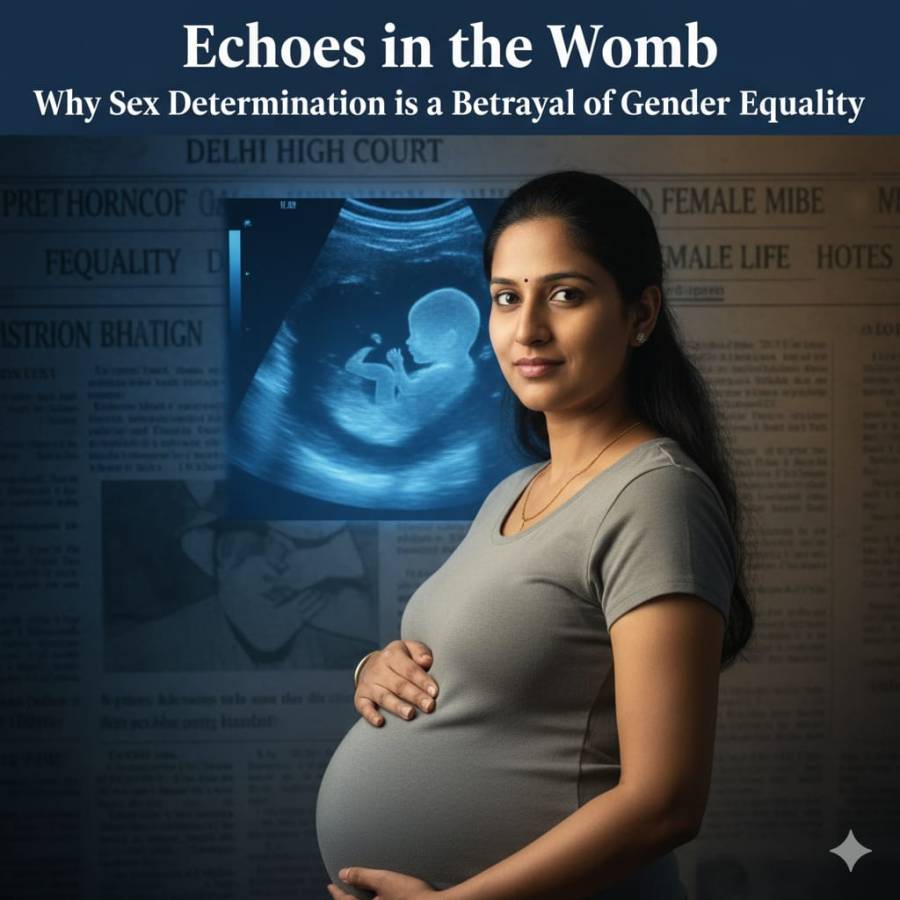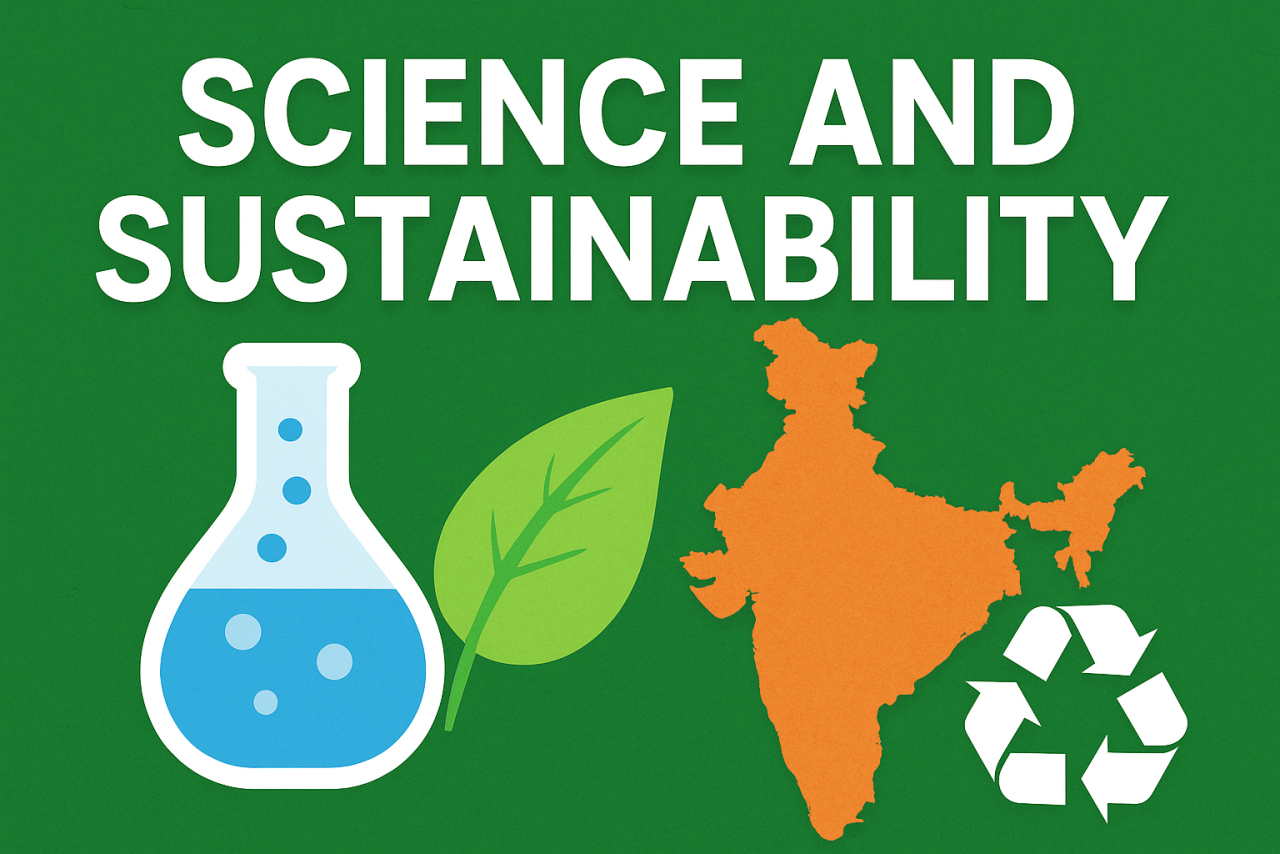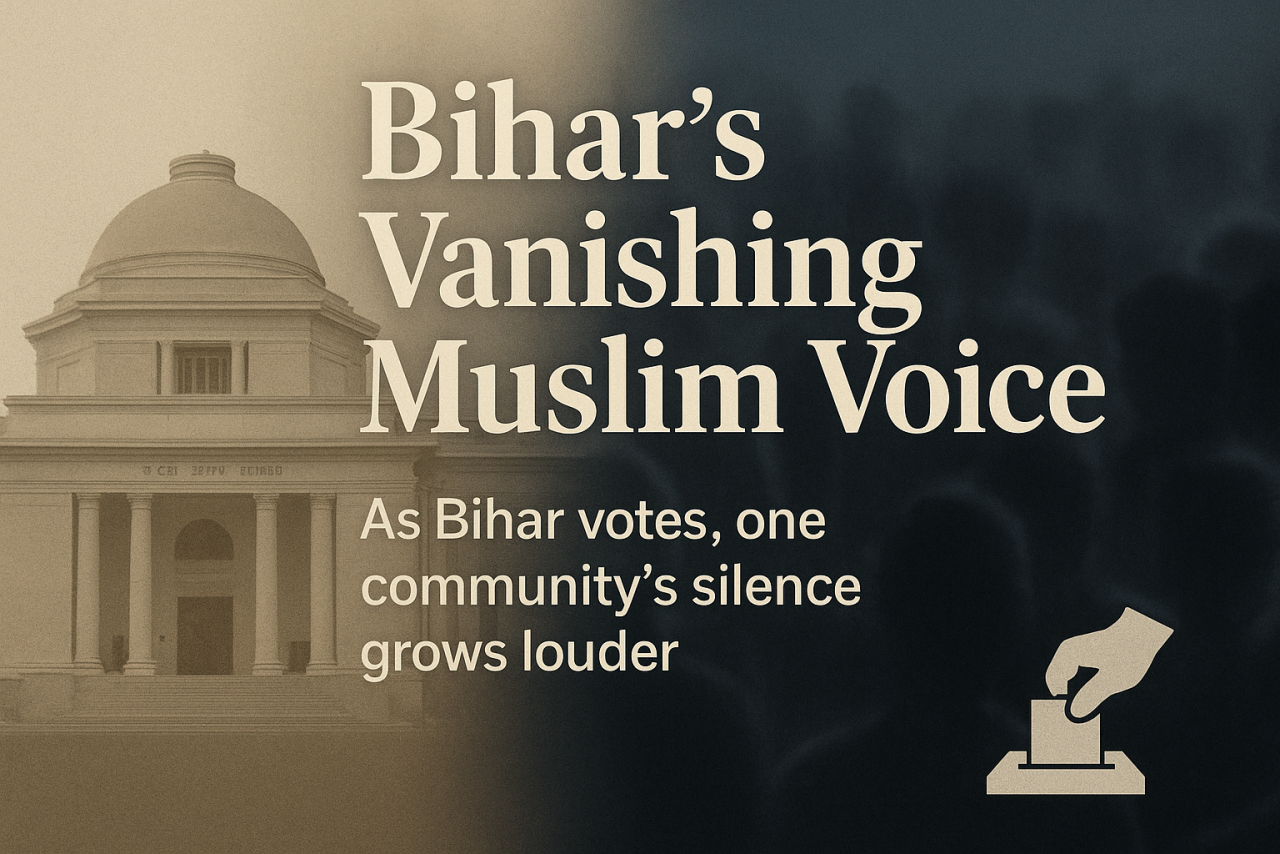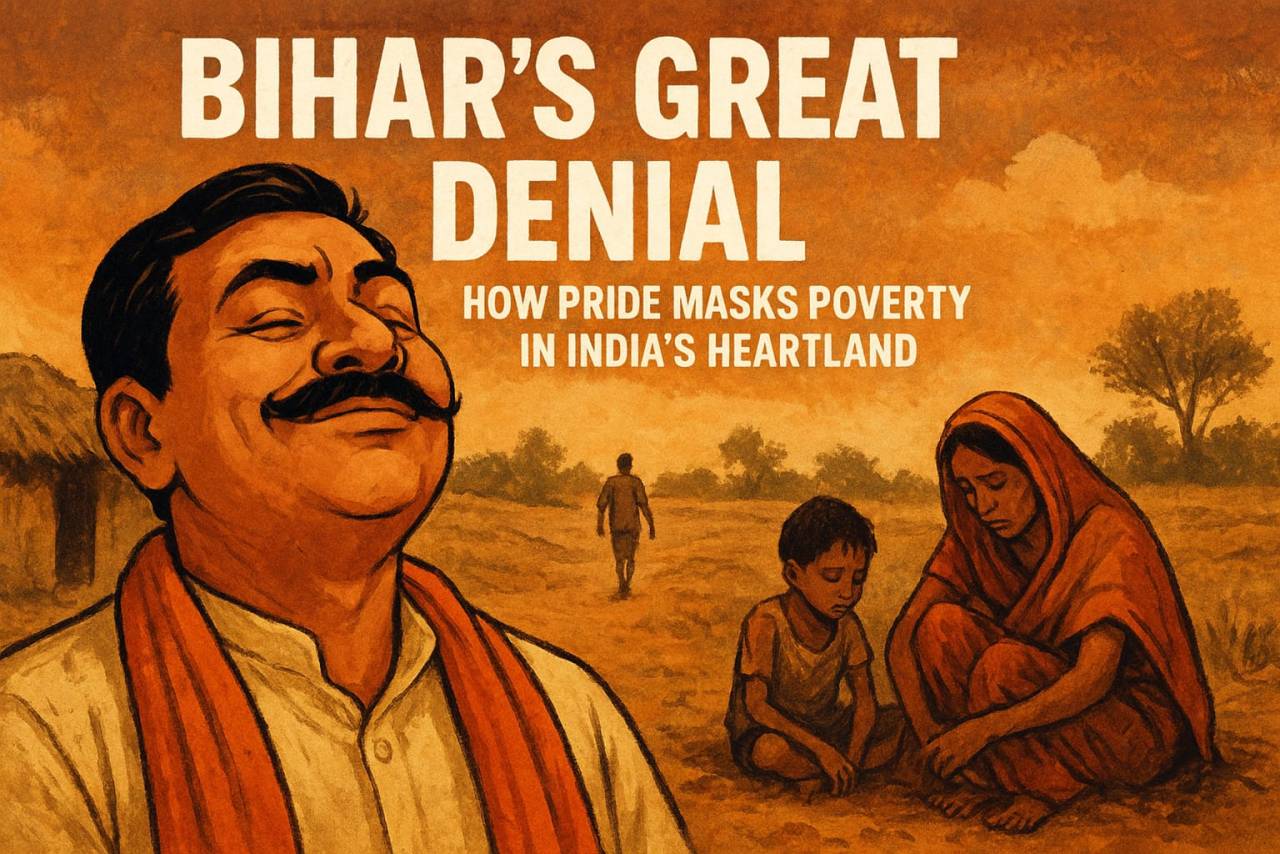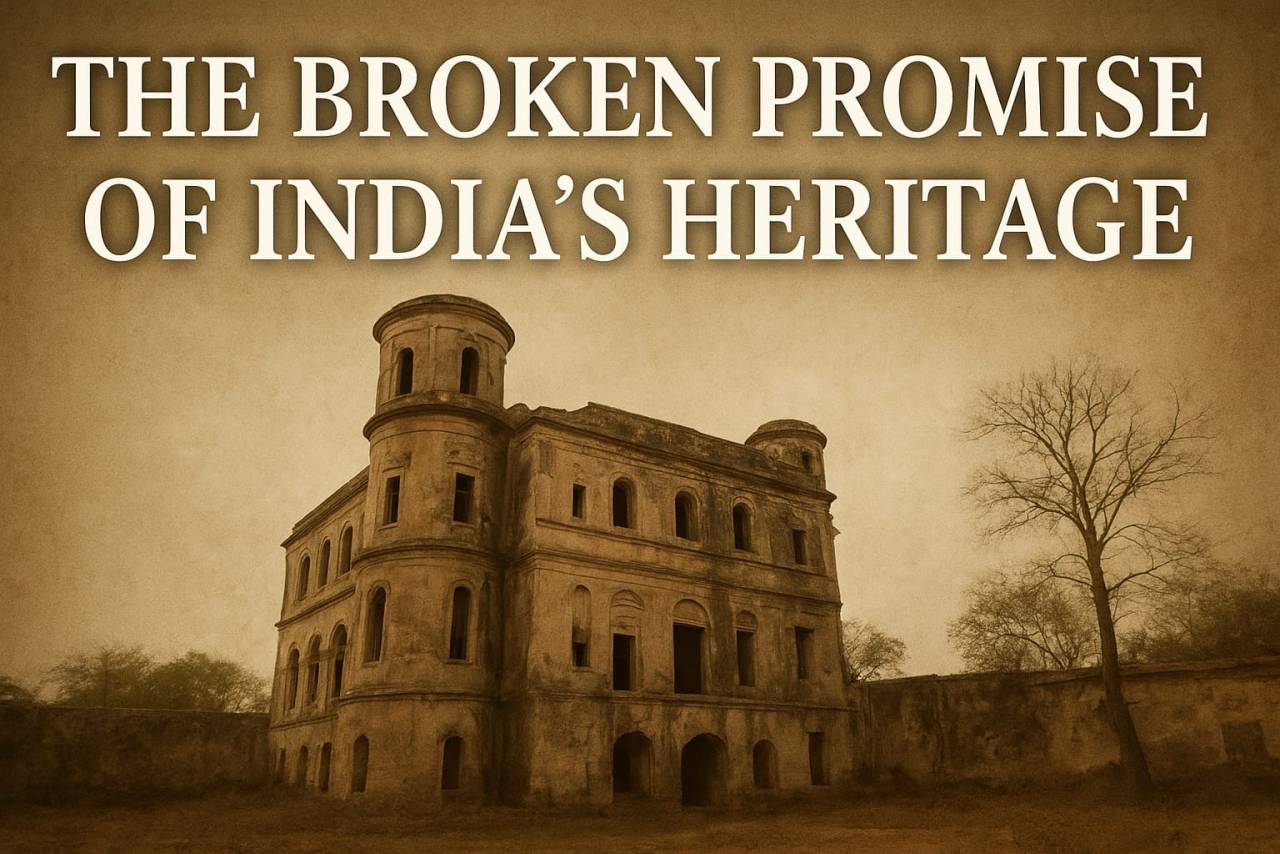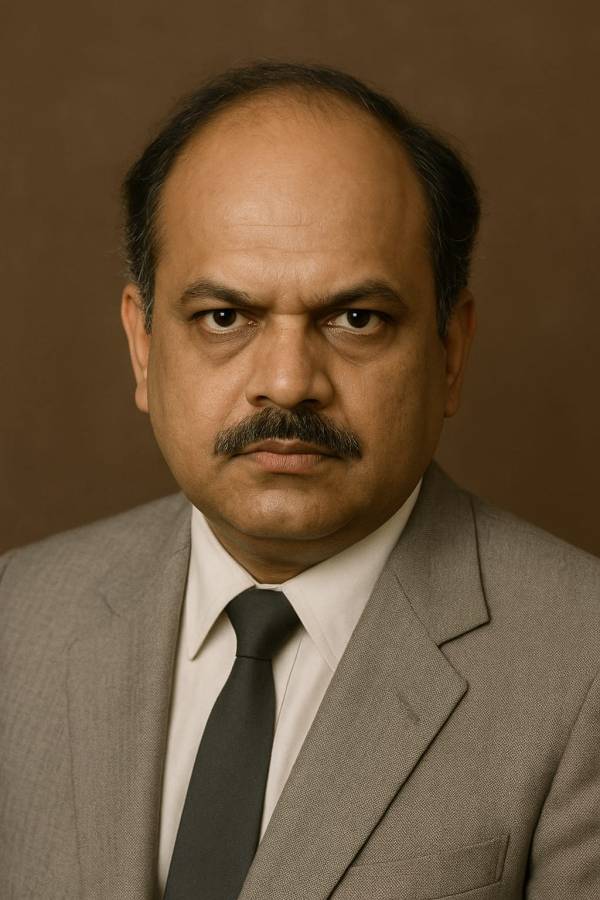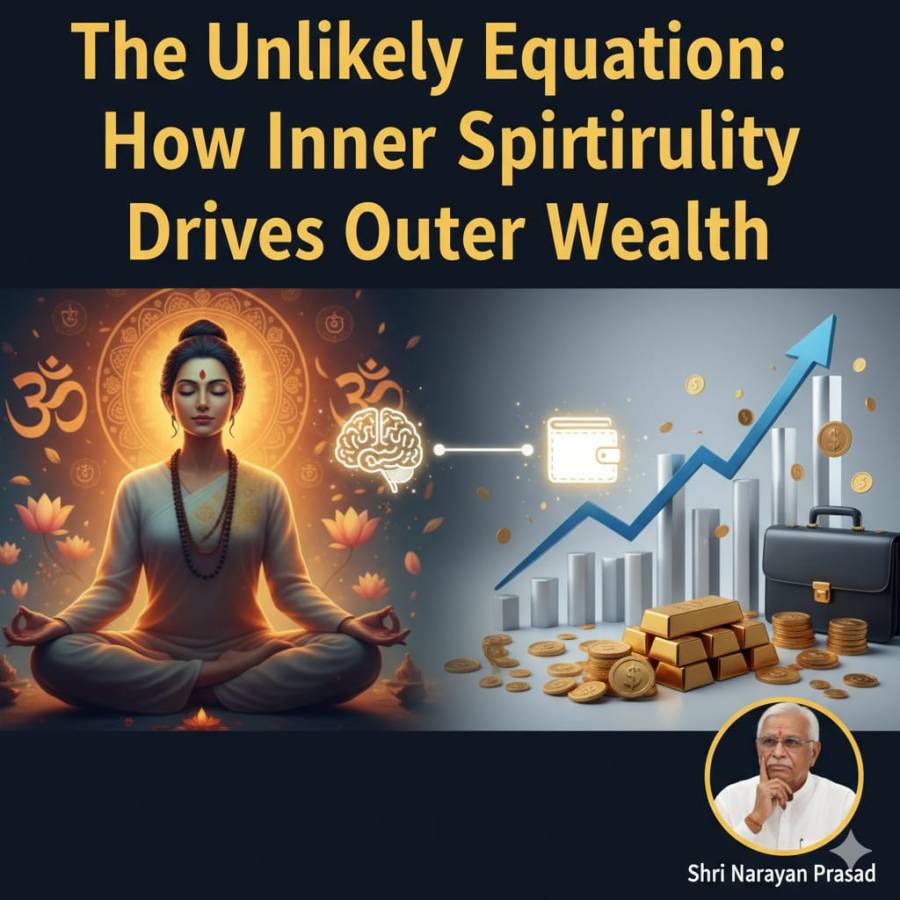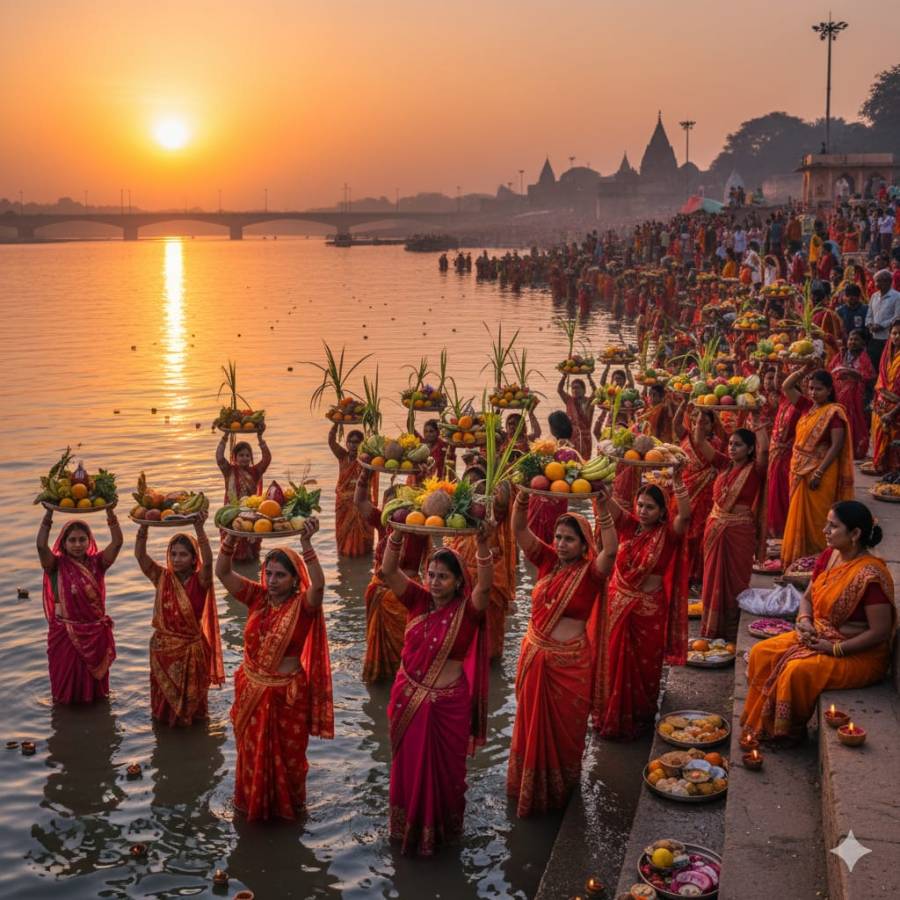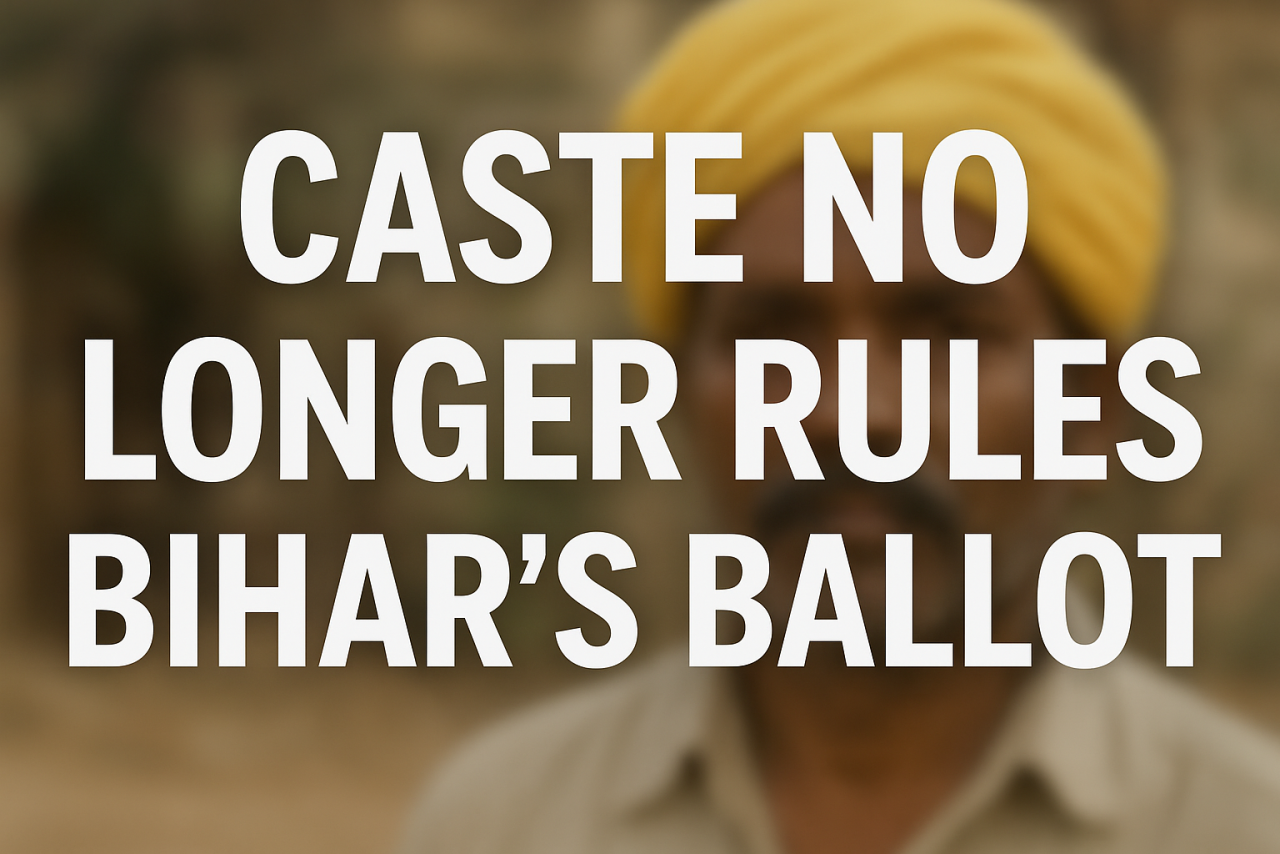
For more than three decades, Bihar’s politics has revolved around caste equations. From the days of Lalu Prasad Yadav’s social justice agenda to Nitish Kumar’s empowerment of women and backward classes, the state’s political destiny has been shaped by identity. Yet as Bihar prepares for the 2025 assembly elections, a quiet transformation appears to be underway. Caste has not disappeared, but it no longer dictates every conversation, slogan, and vote. A new vocabulary of governance, jobs, and aspirations is taking hold.
This shift was visible in the recent statements of Tejashwi Yadav, the Rashtriya Janata Dal (RJD) leader and chief ministerial face of the Mahagathbandhan. In an interview, Yadav spoke extensively about employment, education, women’s empowerment, and law and order. What was missing was any reference to caste empowerment, once the ideological spine of his father’s politics. The Mahagathbandhan’s manifesto echoed the same sentiment, focusing on development and governance. It was not just a tactical choice but an acknowledgment of a changing political reality in Bihar.
Since the Mandal Commission era of the 1990s, caste identity has been the fulcrum of Bihar’s political mobilization. During RJD’s long years in power, politics was framed around the empowerment of oppressed communities through the lens of social justice. Nitish Kumar later redefined this discourse by targeting sub-castes within the OBC and Dalit spectrum and introducing welfare schemes focused on women. His association with the BJP helped him stabilize a new political order built on governance and incremental reforms.
But the Bihar of 2025 is not the Bihar of 1995. Over the years, the meaning of empowerment has evolved. The younger generation, especially in semi-urban and rural Bihar, speaks less of caste identity and more of jobs, education, and access to government schemes. This change is not accidental. It has been amplified by voices such as Prashant Kishor, who has positioned governance at the heart of his campaign, appealing directly to the state’s emerging aspirational class. His message, centered on development and accountability, has found surprising resonance even among communities once mobilized by caste solidarity.
Yet, to say caste no longer matters would be misleading. It still influences candidate selection, coalition building, and electoral arithmetic. But it has ceased to be the overriding concern. Voters are now weighing which party can deliver roads, power, employment, and law and order. The conversation that once revolved around “social justice” is slowly being replaced by discussions on “public service.”
Political analyst Badri Narayan observes that while caste remains a visible thread, it is no longer the loom on which the entire fabric of Bihar’s politics is woven. During his travels across the state, he found that even in deeply caste-conscious communities, people now speak of tangible benefits like health care, education, and livelihoods. The language of “oppression” has been replaced by the vocabulary of “beneficiary.” The poor are no longer seen merely as victims but as participants in state welfare and development.
This changing consciousness has made political parties recalibrate their approach. The NDA continues to highlight Nitish Kumar’s record in infrastructure, power, and women’s welfare, while promising new schemes for youth and marginalized groups. The Mahagathbandhan, with RJD, Congress, and the Left, is attempting to match this narrative through Direct Benefit Transfer-based promises and employment guarantees. In this “war of promises,” performance and delivery may decide who wins the people’s confidence.
Another striking development is how smaller caste-based parties are adjusting to this new environment. The Mahagathbandhan’s decision to project Mukesh Sahani of the Vikassheel Insan Party as deputy chief minister candidate is a calculated attempt to retain Extremely Backward Classes (EBCs) without overplaying the caste card. Similarly, the NDA’s outreach to the same social segment through welfare schemes indicates that electoral strategies are being guided less by identity assertion and more by perceived government efficiency.
Bihar’s voters today are pragmatic. They have lived through decades of rhetoric and are now evaluating outcomes. The success of welfare schemes, the delivery of subsidies, and the availability of employment matter more than slogans of caste pride. Even traditional voters of RJD and JD(U) are willing to cross party lines if convinced that another party can deliver better results.
This evolution also reflects the broader national shift toward transactional politics, where identity is secondary to performance. In Bihar’s context, it suggests a maturity born out of experience. The politics of caste empowerment may have achieved much of its initial goals, but it now faces the test of relevance in a rapidly changing society.
If the coming election proves one thing, it may be that Bihar’s electorate has grown beyond the narrow lanes of caste identity. Governance, once an afterthought in campaign speeches, is now the central theme. And while caste arithmetic will still count on paper, the new voter’s mind appears occupied with another calculation — which party can deliver a better life.
Bihar, long considered the laboratory of caste politics, might just be preparing to rewrite its political formula. If that happens, it will not only redefine the state’s future but may also offer a new template for Indian democracy itself.


